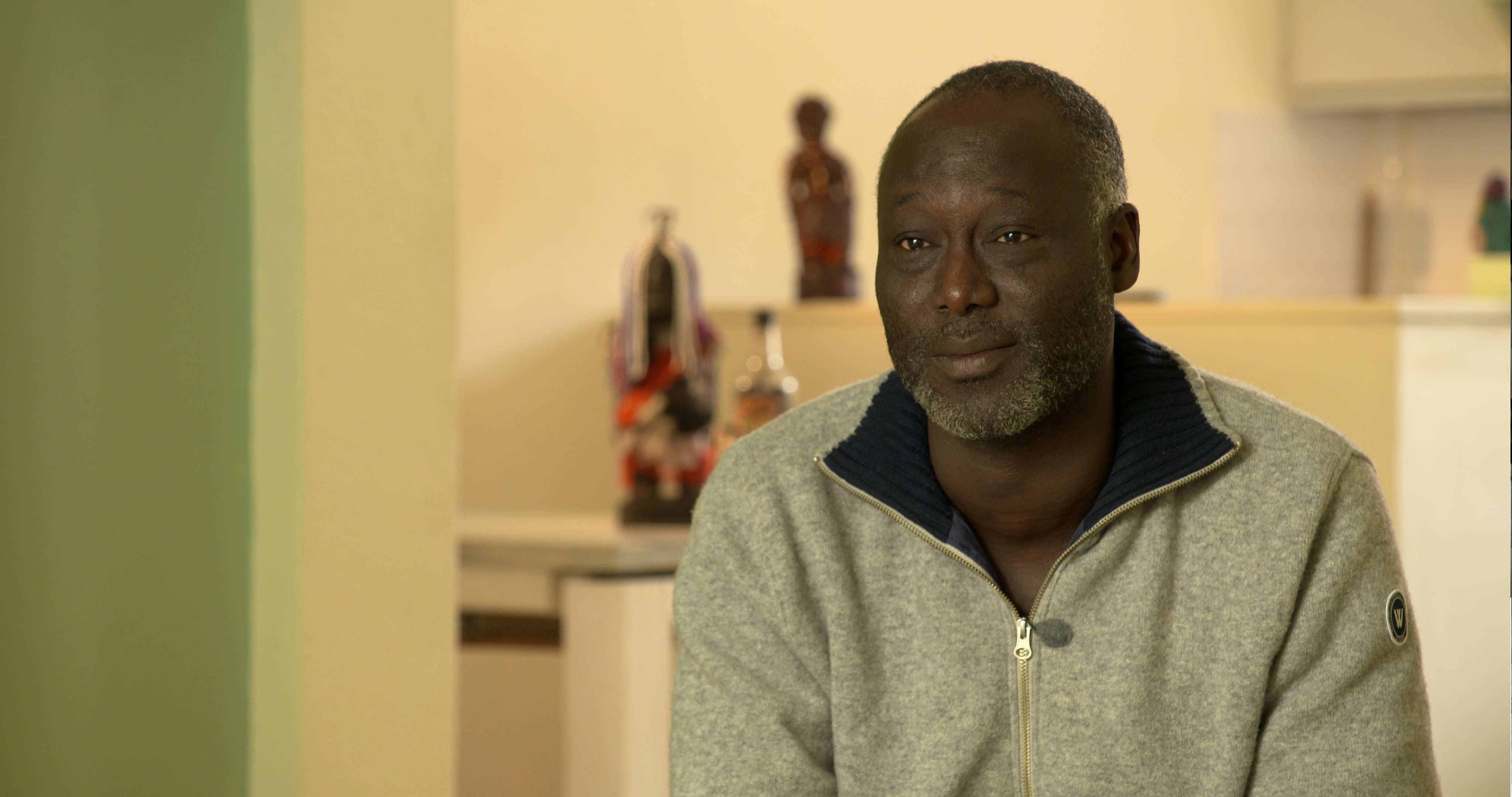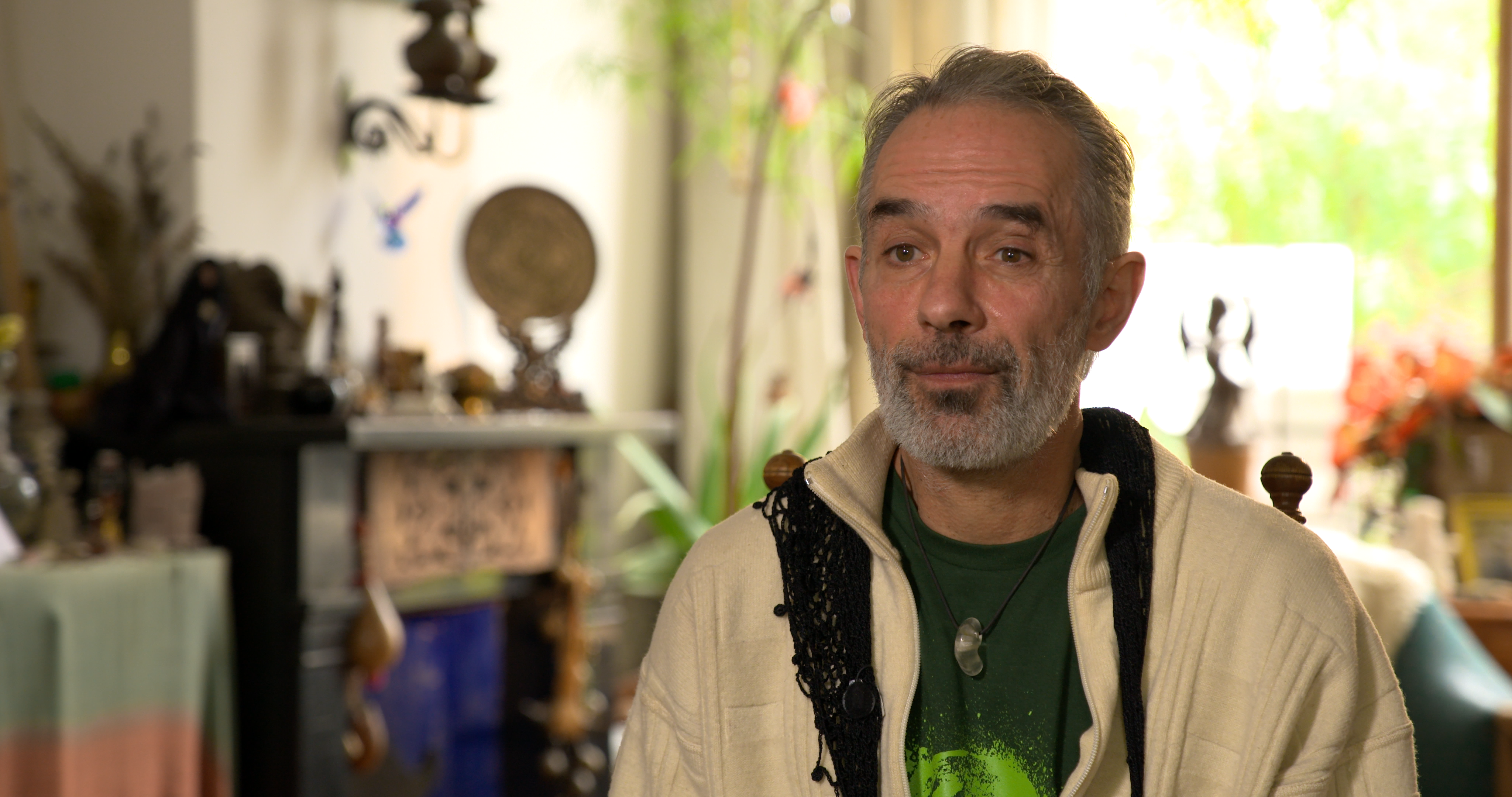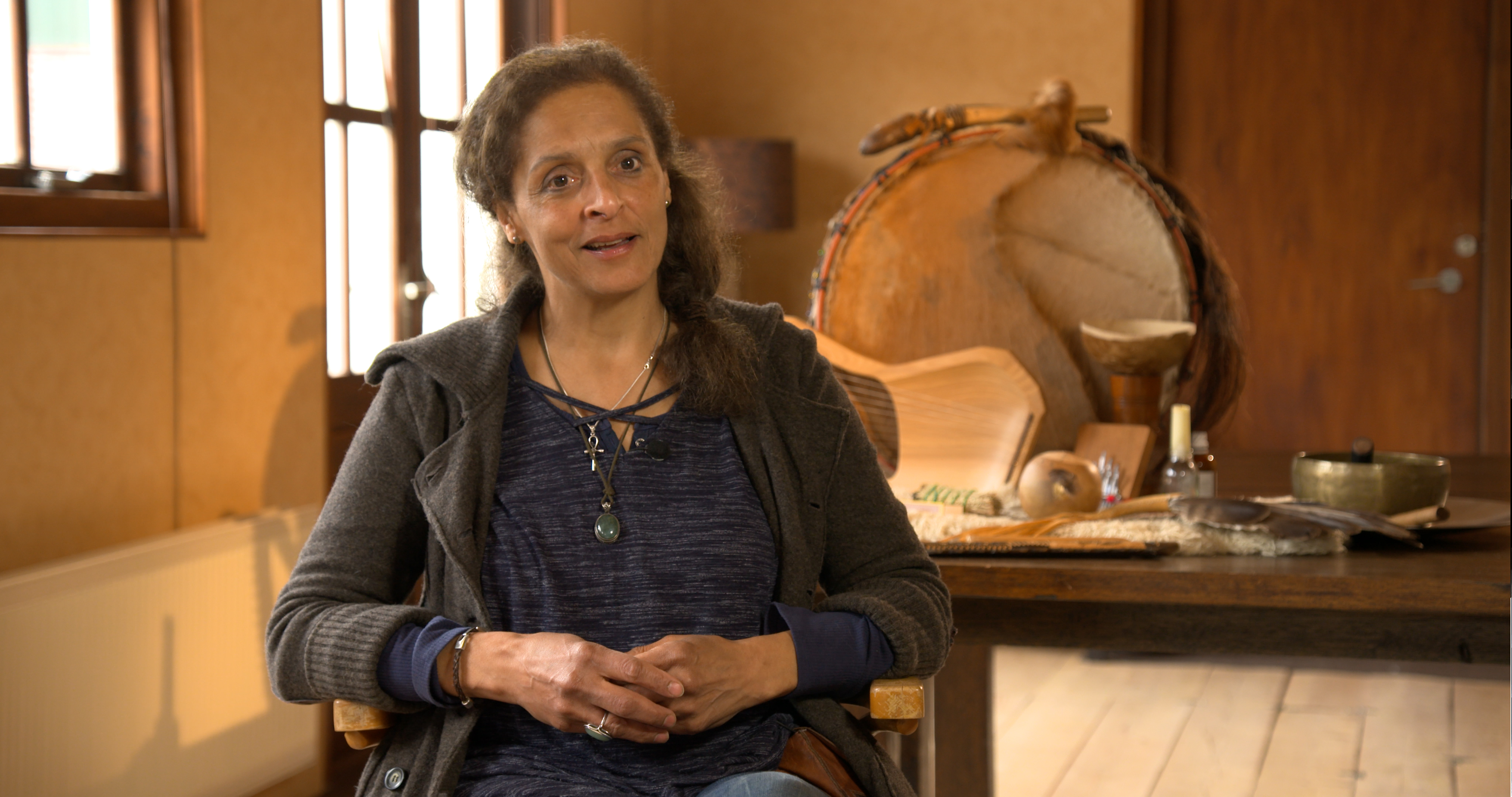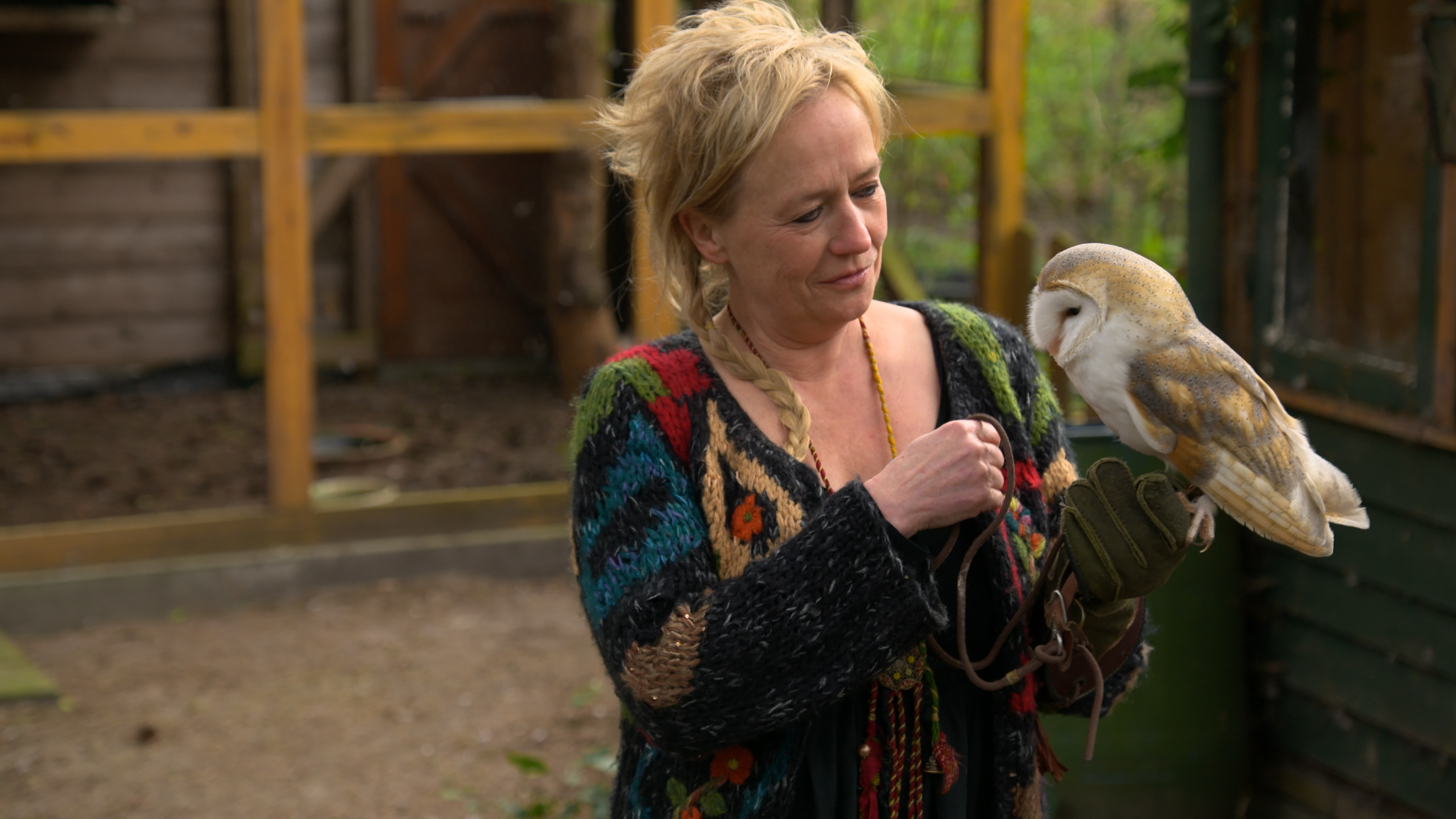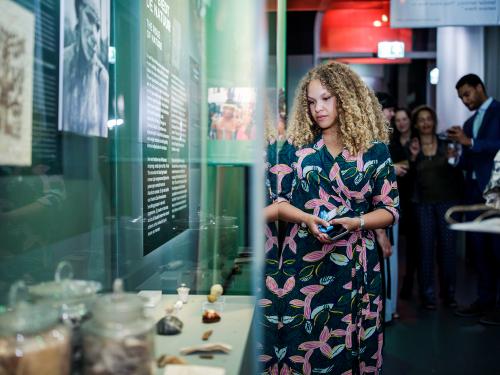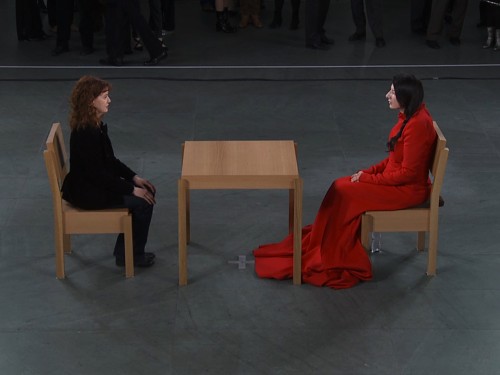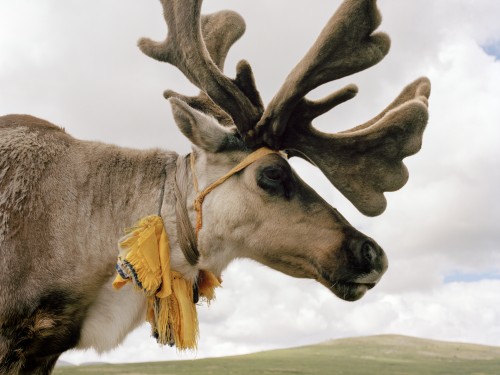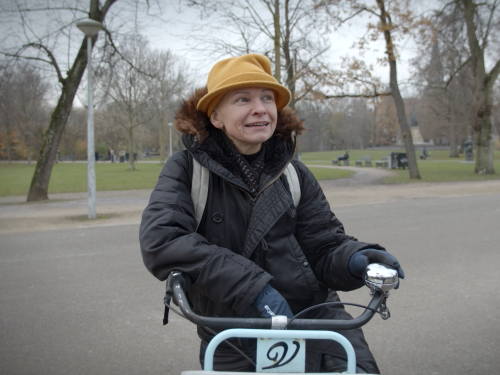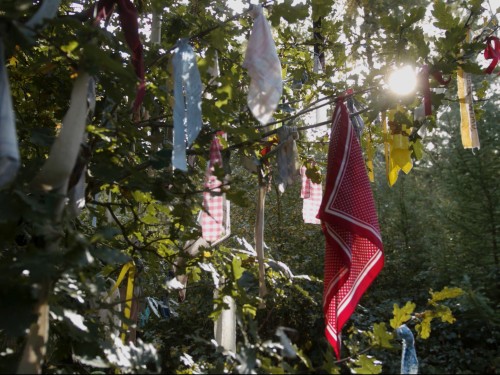
Alfred Quenum from Benin was still a child when he became seriously ill after the death of his grandfather. His grandfather had been a Kossalite, a special rank in the West African Vodun religion. Alfred’s illness was therefore interpreted as a sign that he was to succeed his grandfather. When his family responded to the calling and brought him to a temple, his health suddenly improved. Years of Vodun training followed. Alfred has been living in Nijmegen for many years now and, besides his priesthood, he is also a musician and theatre maker.
